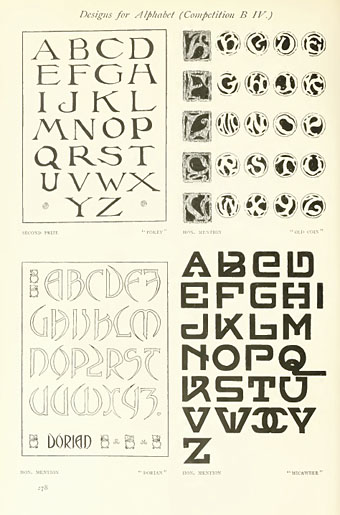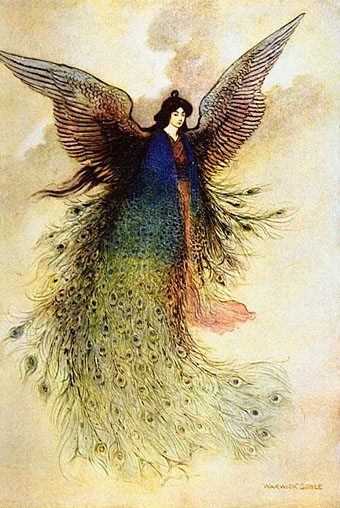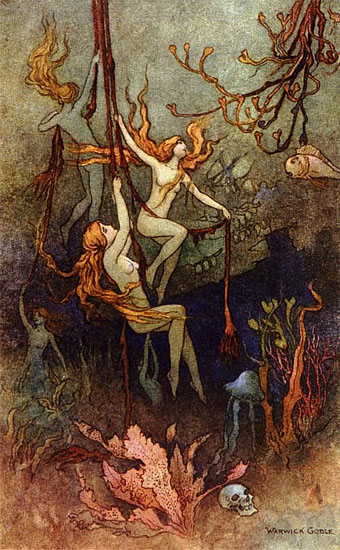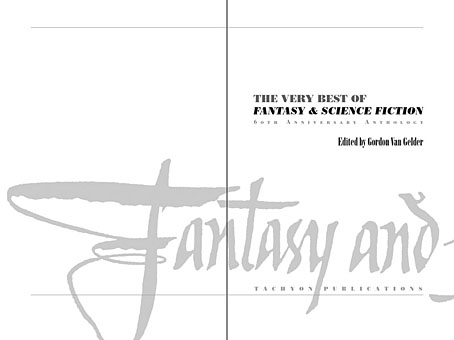Category: {books}
Books
The Studio & Studio International
Back in February I posted some pictures from a 1971 collection of Art Nouveau illustration and design, some of which were competition entries from The Studio magazine. The Studio, which later became the long-running Studio International, can be seen from issue 11 onwards at the Internet Archive now that they’ve started uploading Google’s book scans. I’ve only looked at one of these so far, Volume 11–13 which runs over 850 pages and so takes some time to go through, as do all these rather unwieldy PDF books. The issues are missing their covers and so aren’t dated but would appear to be from around 1896 to 1898, one of the final entries being a memorial piece for Aubrey Beardsley who died that year; The Studio was the magazine which had introduced Beardsley to the public only five years earlier.
The Studio ran regular competitions among its readers and the examples shown here are from some of those. I especially like these type designs; dare we assume that the “Dorian” design below is named after Dorian Gray? As a whole the magazine is an odd mix of very dull Victorian art of the landscapes and artisans type, with occasional flares of interest when they devote a feature to the emerging Art Nouveau style or profile a Symbolist artist such as Giovanni Segantini.
A note for anyone wishing to download Google scans from the Internet Archive: some of the PDF links lead you to a Google page where they’re trying to sell you an e-text or get you to buy a book. To see the available files you need to click “All Files: HTTP”.
Previously on { feuilleton }
• The Great God Pan
• Art Nouveau illustration
• Jugend Magazine
William S Burroughs: A Man Within
The Ticket that Exploded. Cover design by Thomi Wroblowski for a John Calder edition, 1985.
William S Burroughs: A Man Within is a feature-length documentary by Yony Leyser, and is, so the makers say, the first posthumous documentary about the always essential writer. Howard Brookner’s 1983 film, Burroughs, is probably definitive where the biography is concerned since Brookner was fortunate to get most of the key surviving Beats, family members, and allies while they were still around. Leyser’s trailer looks interesting, however (I’m hoping the film isn’t merely a parade of celebrities and soundbites), and it’s things like this which pass on the message of Burroughs’ continued importance to a new generation.
Th e film features never before seen footage of William S. Burroughs, as well as exclusive interviews with his closest friends and colleagues including John Waters, Genesis P-Orridge, Laurie Anderson, Peter Weller, David Cronenberg, Iggy Pop, Gus Van Sant, Sonic Youth, Anne Waldman, George Condo, Hal Willner, James Grauerholz, Amiri Baraka, Jello Biafra, V. Vale, David Ohle, Wayne Propst, Dr. William Ayers, Diane DiPrima, Donovan, Dean Ripa (the world’s largest poisonous snake collector), and many others, with narration by actor Peter Weller, and soundtrack by Sonic Youth.
Release is slated for later this year. Meanwhile, there’s another trailer on YouTube for a Burroughs’-inspired short, The Japanese Sandman, based on WSB’s quest for the drug yage in the jungles of Panama. For an explanation of the title, consult the Reality Studio.
Elsewhere on { feuilleton }
• The William Burroughs archive
The art of Warwick Goble, 1862–1943
Moon Maiden (1910).
Goble’s Moon Maiden, an illustration from Green Willow and Other Japanese Fairy Tales, is proof that a peacock train needn’t be the sole preserve of masculine birds, but then Ruth St Denis had already shown us that. Art Passions has a decent selection of Goble’s fairy pictures although if you want to see the full complement of drawings made for these books you need to consult the Internet Archive. As usual with illustrators of this period, I find I prefer many of the black-and-white works over the paintings; Art Passions doesn’t have any of those, unfortunately, while the book scans are too low-res to do them justice. Once again, Bud Plant provides an overview of the artist’s career.
Sea-Nymphs – Ding-Dong, Bell (1920).
Elsewhere on { feuilleton }
• The illustrators archive
Previously on { feuilleton }
• Ruth St Denis
More book design
Yes, it’s been a busy year. These are books three and four respectively of the titles I’ve been designing for Tachyon Publications, and there are more on the way.
Kage Baker’s The Hotel Under the Sand is a charming fantasy for children concerning the hotel of the title and its curious inhabitants, which include a ghost bellboy and a pirate captain. The illustrations were by Stephanie Pui-Mun Law and I tried to complement these with the lettering design and graphic elements. I always enjoy working on illustrated books.
The Very Best of Fantasy & Science Fiction is a very different beast, a big (480 pages) selection by Gordon Van Gelder of some of the many first-class stories from the sixty-year history of the fiction magazine. F&SF has published so many classic stories over the years the book could easily have been twice as big. As it is there are pieces by Alfred Bester, Ray Bradbury, Shirley Jackson, Philip K Dick, Harlan Ellison, Stephen King and Neil Gaiman, among others. The design in this case came from studying a copy of the magazine from 1967; I was already thinking of using Bodoni for the story titles and that choice was confirmed when I saw it used for the same purpose in the magazine. The calligraphic titles were also scanned from there, their design going back to the very first issue.
Both these books are on sale now, and Keith Brooke gave a glowing appraisal to the latter in The Guardian at the weekend.
Previously on { feuilleton }
• Medicine Road by Charles De Lint
• The Best of Michael Moorcock








